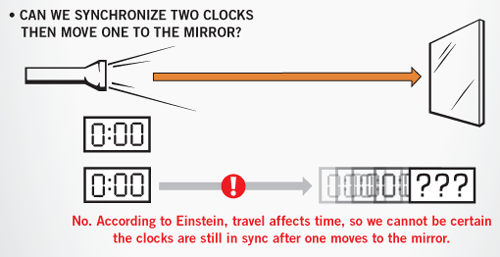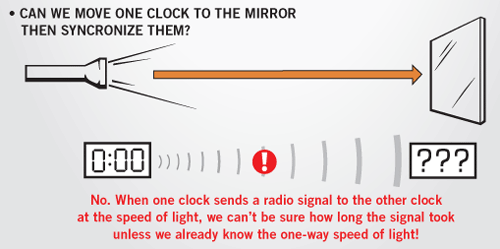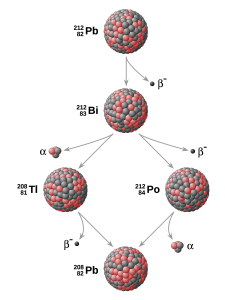Factory and machine planning and design, and what it tells us about cell factories and molecular machines
https://reasonandscience.catsboard.com/t2245-factory-and-machine-planning-and-design-and-what-it-tells-us-about-cell-factories-and-molecular-machines
Some steps to consider in regard of factory planning, design and operation
All text in red requires INTELLIGENCE :
Choosing Manufacturing and Factory location
Selecting Morphology of Factory Types
Factory planning
Factory design
Information management within factory planning and design
Factory layout planning
Equipment supply
Process planning
Production Planning and Control
establishing various internal and external Communication networks
Establishing Quantity and Variant Flexibility
The planning of either a rigid or flexible volume concept depending of what is required
Establishing Networking and Cooperation
Establishing Modular organization
Size and internal factory space organization, compartmentalization and layout
Planning of recycling Economy
Waste management
Controlled factory implosion programming
All these procedures and operational steps are required and implemented in human factories, and so in biological cells which operate like factories. It takes a lot of faith to believe, human factories require intelligence, but cells, far more complex and elaborated, do not require intelligence to make them, and intelligent programming to work in a self sustaining and self replicating manner, and to self disctruct, when required.
Molecular machines:
The most complex molecular machines are proteins found within cells. 1 These include motor proteins, such as myosin, which is responsible for muscle contraction, kinesin, which moves cargo inside cells away from the nucleus along microtubules, and dynein, which produces the axonemal beating of motile cilia and flagella. These proteins and their nanoscale dynamics are far more complex than any molecular machines that have yet been artificially constructed.
Probably the most significant biological machine known is the ribosome. Other important examples include ciliary mobility. A high-level-abstraction summary is that, "[i]n effect, the [motile cilium] is a nanomachine composed of perhaps over 600 proteins in molecular complexes, many of which also function independently as nanomachines." Flexible linker domains allow the connecting protein domains to recruit their binding partners and induce long-range allostery via protein domain dynamics.
Engineering design process
The engineering design process is a methodical series of steps that engineers use in creating functional products and processes. 2
All text in red requires INTELLIGENCE
https://reasonandscience.catsboard.com/t2245-factory-and-machine-planning-and-design-and-what-it-tells-us-about-cell-factories-and-molecular-machines
Some steps to consider in regard of factory planning, design and operation
All text in red requires INTELLIGENCE :
Choosing Manufacturing and Factory location
Selecting Morphology of Factory Types
Factory planning
Factory design
Information management within factory planning and design
Factory layout planning
Equipment supply
Process planning
Production Planning and Control
establishing various internal and external Communication networks
Establishing Quantity and Variant Flexibility
The planning of either a rigid or flexible volume concept depending of what is required
Establishing Networking and Cooperation
Establishing Modular organization
Size and internal factory space organization, compartmentalization and layout
Planning of recycling Economy
Waste management
Controlled factory implosion programming
All these procedures and operational steps are required and implemented in human factories, and so in biological cells which operate like factories. It takes a lot of faith to believe, human factories require intelligence, but cells, far more complex and elaborated, do not require intelligence to make them, and intelligent programming to work in a self sustaining and self replicating manner, and to self disctruct, when required.
Molecular machines:
The most complex molecular machines are proteins found within cells. 1 These include motor proteins, such as myosin, which is responsible for muscle contraction, kinesin, which moves cargo inside cells away from the nucleus along microtubules, and dynein, which produces the axonemal beating of motile cilia and flagella. These proteins and their nanoscale dynamics are far more complex than any molecular machines that have yet been artificially constructed.
Probably the most significant biological machine known is the ribosome. Other important examples include ciliary mobility. A high-level-abstraction summary is that, "[i]n effect, the [motile cilium] is a nanomachine composed of perhaps over 600 proteins in molecular complexes, many of which also function independently as nanomachines." Flexible linker domains allow the connecting protein domains to recruit their binding partners and induce long-range allostery via protein domain dynamics.
Engineering design process
The engineering design process is a methodical series of steps that engineers use in creating functional products and processes. 2
All text in red requires INTELLIGENCE







